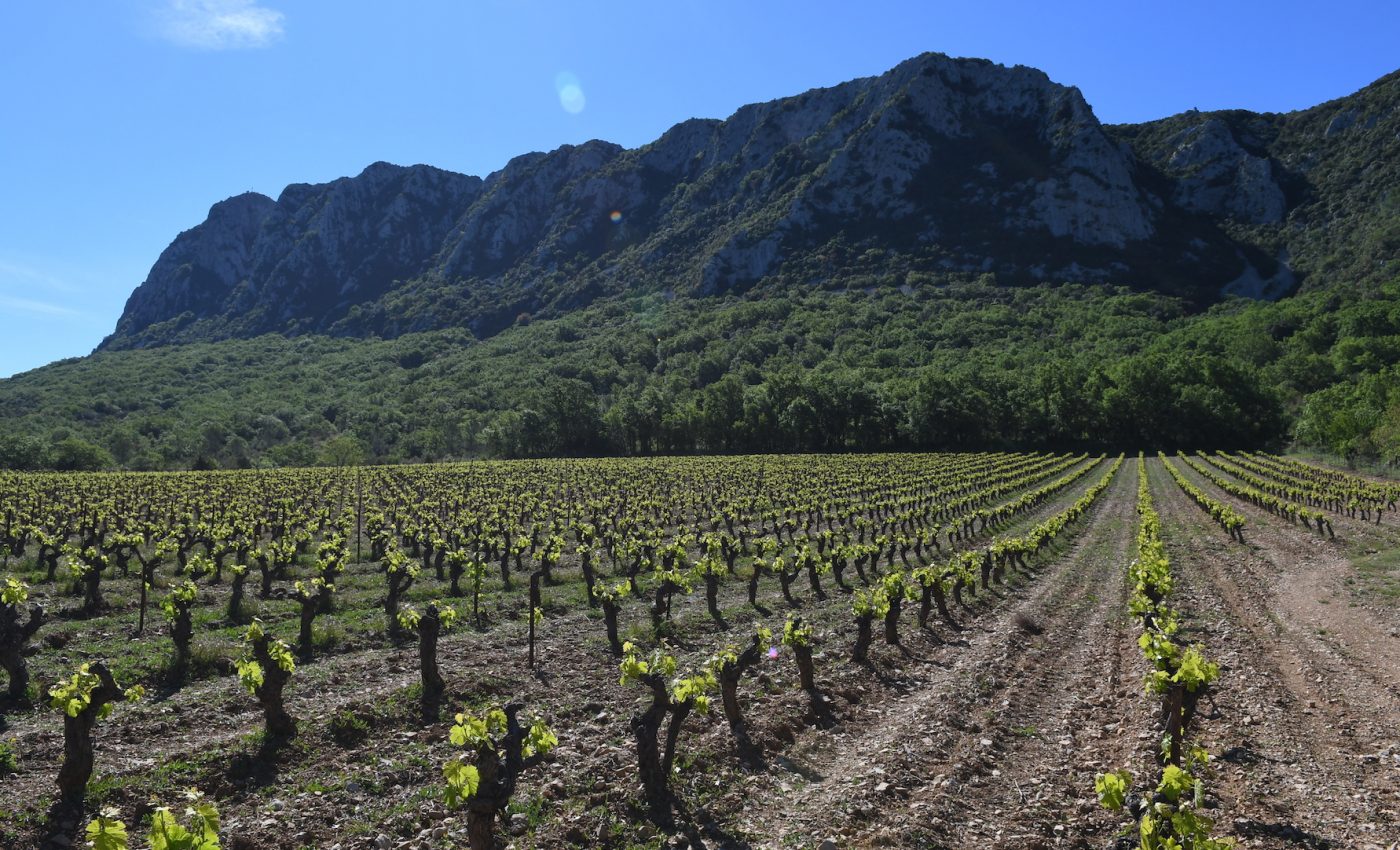
Ancient seeds trace wine grape variety back 900 years to one ancestral plant
It doesn’t take a full-blown wine snob to know that older bottles tend to have higher price tags. But it’s not just the wine itself that may tie back to the past, as scientists have discovered that a grape variety still used in wine production in France can be traced back 900 years to just one ancestral plant.
Researchers have long suspected that some grape varieties grown today have an exact genetic match with plants grown 2,000 years ago or more, but there was never a way to genetically test an uninterrupted genetic lineage of that age. However, using an extensive genetic database of modern grapevines, scientists were able to analyze and compare 28 archeological seeds from French sites dating back to the Iron Age, Roman era, and medieval period.
In a study published in Nature Plants, the researchers used similar ancient DNA methods utilized in tracing human ancestors to draw genetic connections between seeds from different archaeological sites, along with links to modern-day grape varieties.
“From our sample of grape seeds we found 18 distinct genetic signatures, including one set of genetically identical seeds from two Roman sites separated by more than 600km, and dating back 2,000 years ago,” says Dr. Nathan Wales from the University of York. “These genetic links, which included a ‘sister’ relationship with varieties grown in the Alpine regions today, demonstrate winemakers’ proficiencies across history in managing their vineyards with modern techniques, such as asexual reproduction through taking plant cuttings.”
One of the grape seeds found at a medieval site in Orléans in central France was genetically identical to Savagnin Blanc (not to be confused with Sauvignon Blanc), which means the variety has grown for at least 900 years after beginning as cuttings from one ancestral plant. This grape is still grown in the Jura region of France and is used to make expensive bottles of Vin Jaune.
“We suspect the majority of these archaeological seeds come from domesticated berries that were potentially used for winemaking based on their strong genetic links to wine grapevines,” explains Dr. Jazmín Ramos-Madrigal, a postdoctoral researcher from the University of Copenhagen. “Berries from varieties used for wine are small, thick-skinned, full of seeds, and packed with sugar and other compounds such as acids, phenols, and aromas – great for making wine but not quite as good for eating straight from the vine.”
None of the Roman seeds excavated were found to have an identical genetic match with modern-day seeds, but the researchers did find two very close relationships with important grape families used in making high quality wine. Seeds were connected to the Syrah-Mondeuse Blanche family, with Syrah being one of the most planted grapes in the world today. Another connection was found with the Mondeuse Blanche, which is used to produce high quality AOC (protected regional product) wine in Savoy.
“It is rather unconventional to trace an uninterrupted genetic lineage for hundreds of years into the past,” says Dr. Wales. “Instead of exploring broad patterns in genetic ancestry, as in most ancient DNA projects, we had to think like forensics scientists and find a perfect match in the database.”
The researchers are now trying to find more archaeological evidence to further expand the history and knowledge of grape wine varieties. “Large databases of genetic data from modern crops and optimized palaeogenomic methods have vastly improved our ability to analyze the history of this and other important fruits,” Wales explains. “For the wine industry today, these results could shed new light on the value of some grape varieties; even if we don’t see them in popular use in wines today, they were once highly valued by past wine lovers and so are perhaps worth a closer look.”
—
By Connor Ertz, Earth.com Staff Writer
Image Credit S. Ivorra CNRS/ISEM













